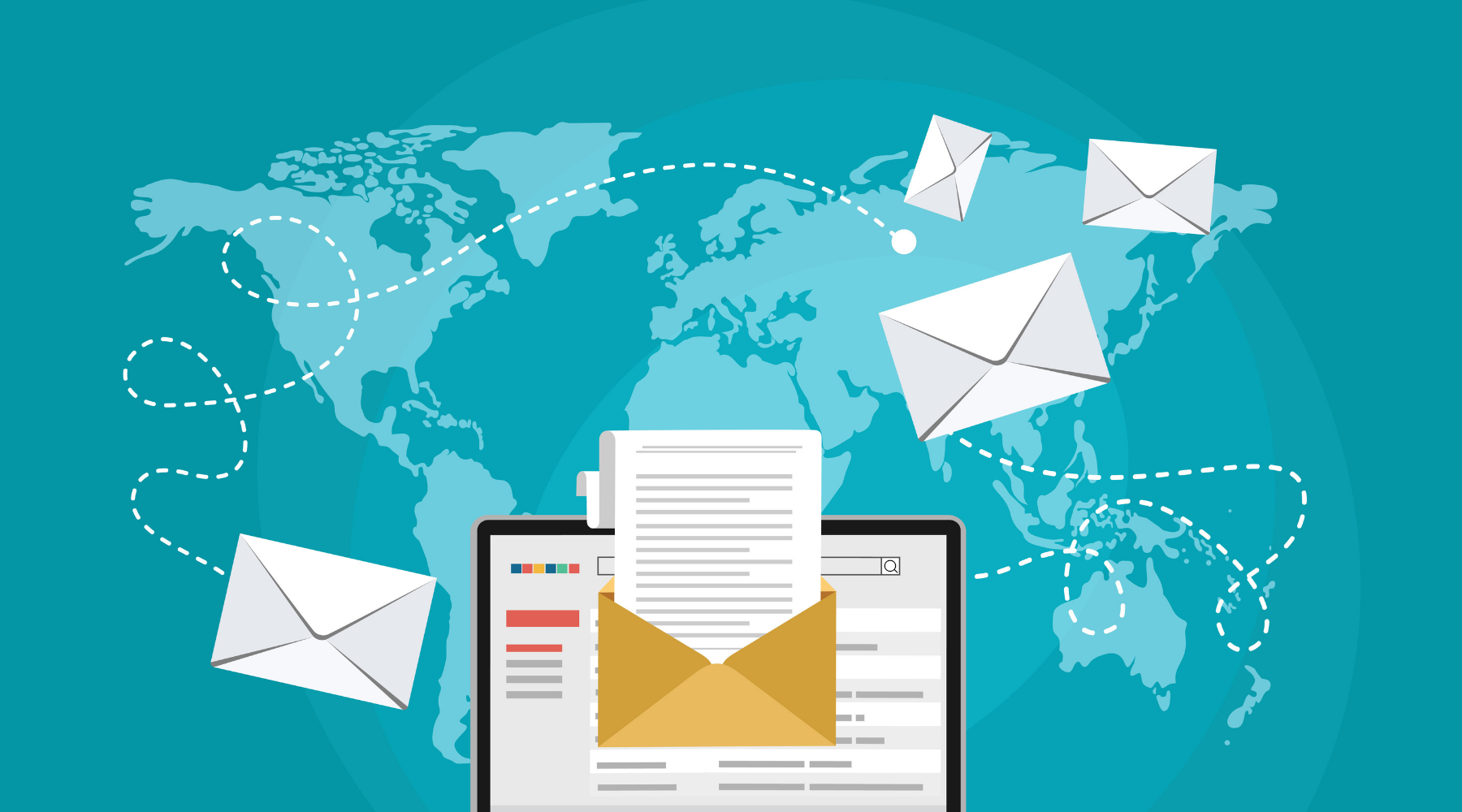How to Warm Up a New IP Address for Email Campaigns
If you are doing email marketing, getting all your emails delivered to your audience can be a tricky task due to the many complications an email may face before landing in the subscriber's mailbox. The quality of your email content, hygiene of your email list, and your sender reputation are the few factors that determine the deliverability of your email. This becomes trickier when you use a brand new IP address to send emails to your huge mailing list. The reason is that when a sender sends an email from new IP, it is considered to be skeptical until and unless it proves to be a fair email marketing campaign. So, when you send bulk emails from a new IP, you have more potential to get abused by the ISPs or ESPs.
Before sending your email campaign from new IP, you need to gain email and internet service providers' trust. Only then will you be able to achieve email delivery success. You need to warm up your IP address so that ISPs may recognize you and ESPs like Gmail, Yahoo, etc., don't consider you spam. If you don't warm up your IP, your emails will face hard luck in getting delivered.
Let's understand what an IP is and what its role is in ensuring email deliverability.
What is an IP address?
An IP address is a number that serve to identify your email domain. It is one of the prominent factors that determine the reputation of an email sender. Internet service providers use an IP address to identify the sender and check their email sending behavior. Based on their IP, the senders are allotted an IP score. The better behavior a sender exhibits, the better its IP reputation score and, hence, the better email delivery rate.
Sometimes, you need to send emails more than your existing IP capacity and add a new IP address to handle the email load as your new IP has no sending reputation and no IP score, as you have not sent any email through it. Such an IP address is called cold IP. If you want to send emails through your new IP, you need to warm it up so that it may not be declared blacklisted.
What is IP warm-up?
An IP warm-up is the process of warming up an IP address and building its reputation by sending a small volume of emails at the start. You need to increase the volume of your emails through new IP systematically. This gives the internet service providers to identify you and to check your sending behavior and reputation. Once ISPs identify you, you can gradually increase your emails until you reach your desired limit.
The goal of IP warm-up is to let you achieve your anticipated normal emails gradually. During it, you build your reputation and tell the ISPs about your normal sending behavior so that if they detect any suspicious activity, they can counter it.
Warm-up helps the ISPs to identify
- Your email sending behavior.
- Your email list hygiene.
- Your commitment to your subscribers.
The more engagement your IP will show during the warm-up period. The better score it would get, and hence it will gain a better reputation. ISPs check your email open rates and how many people have moved your emails to other folders and give you an IP warm-up score.
Warm-up your IP address
It does not matter which email platform you use for sending your email marketing campaign. Your IP address gets the score based on your email deliverability rate. Your email opens, engagement on your email. They also check if your emails have faced bouncing or spam content or if the users have put your email in a spam folder. The last three factors badly hurt your IP score.
So, when you start sending your email campaign, you need to be very careful about your email content's quality to avoid getting spam alerts. If you succeed, you will surely build a good score and a good reputation before ISPs. Once you gain reputation by slowly sending emails, you can gradually make up your required number and send emails in bulk.
Email warming up strategy
You have started using new IP for sending emails, so you need to warm it up. You can begin the warming up process by sending emails at the interval, starting from few emails and gradually building up the number.
You need to start by sending only a few emails, like some 5 to 10 emails every hour. Then you can gradually increase the number of emails sends per hour. You can make it like 5 emails in one hour, 10 in the next hour, 20 in the other next, 40, 80, and then so on up to the number of emails you intend to send. If you face some warning at any time, you can slow down your IP warm-up process.
You also need to track the performance of your emails. If you observe that people have stopped opening your emails, it means you are doing something wrong, and you need to sort it out. You can change your strategy, change your content, or change your frequency of sending emails. Hence, you need to continuously observe your subscriber's behavior to help you warm-up your IP address.
Follow email best practices, maintain your email list hygiene by adding the subscribers after double opt-in subscription confirmation. Clean your mailing list regularly and also add an opt-out button at the footer of your email. So that if someone doesn't want to receive your email, he can opt-out of your email list.
You should make sure of your emails' high deliverability rate to get the most out of them. You can use CBT mass email sender to help you warm up your IP address by scheduling your email properly.

